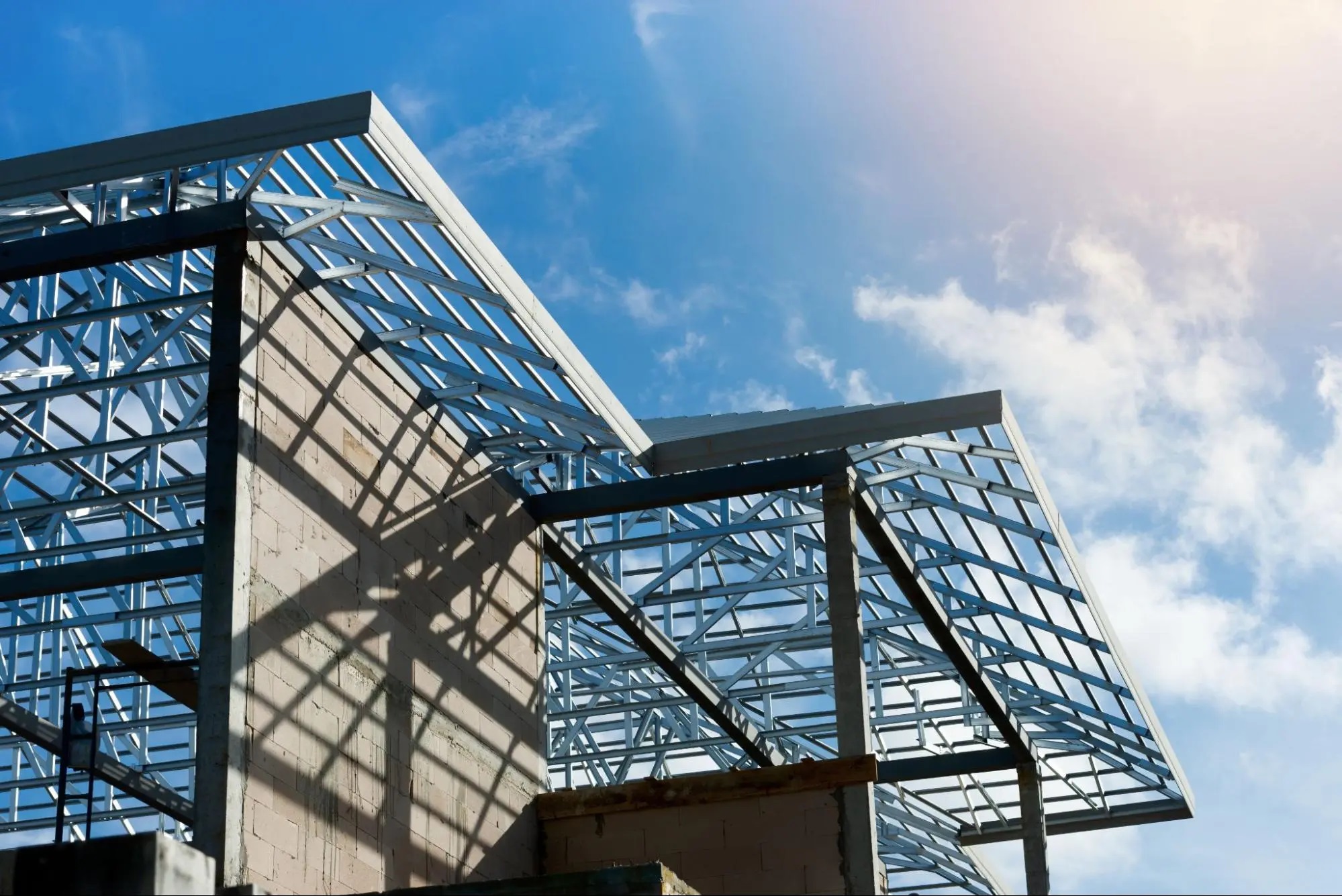
Earthquakes are natural disasters that can cause significant destruction and loss of life worldwide. Therefore, it is crucial for structures to be earthquake-resistant. Steel structures stand out as resilient and flexible building materials against earthquakes. Here's a detailed examination of the seismic resilience and behavior of steel structures, incorporating professional terminology of the industry:
1. Flexibility and High Strength
Steel is a material with high strength and flexibility, allowing steel structures to withstand large forces during earthquakes. The flexibility of steel structures enables them to undergo significant deformations during seismic events while often sustaining only partial damage.
2. Lightweight Construction and Structural Safety
Steel structures are typically lightweight and robust, reducing the impact of seismic forces. Moreover, steel structures are often constructed using prefabricated or structural steel elements, ensuring high structural safety. This contributes to maintaining the integrity of the structure during earthquakes.
3. Ductility and Energy Dissipation
Steel structures can be designed to absorb energy during earthquakes, exhibiting ductile behavior. This ductility allows steel structures to dissipate energy, minimizing structural damage and ensuring the safety of occupants during seismic events.
4. Vibration Control and Management
Steel structures offer advantages in terms of vibration control and management. Properly designed steel structures can manage and control vibrations induced by earthquakes, preventing structural damage. This ensures the longevity of the building and reduces the need for structural maintenance.
Conclusion
Steel structures demonstrate resilience and flexibility as building materials in seismic regions. The flexibility, strength, lightweight construction, and energy dissipation capabilities of steel structures contribute to their safety during earthquakes. Therefore, steel structures are preferred building materials in earthquake-prone areas, playing a crucial role in ensuring structural safety.

